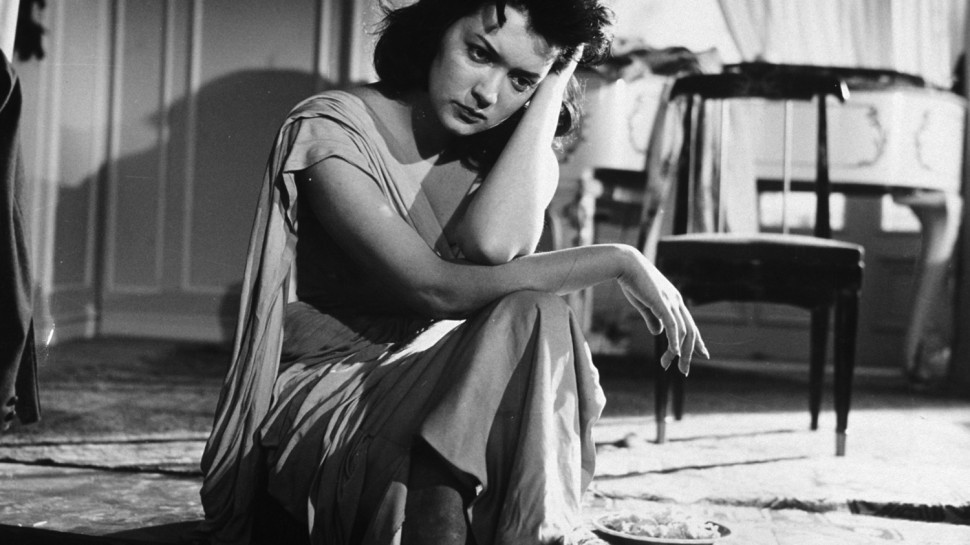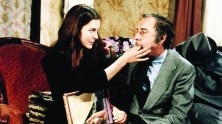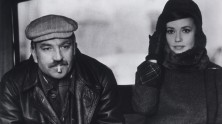



Buñuel.
The Beginning and the End
The filmmaking career of Luis Buñuel (1900 -1983) followed a peripatetic path, beginning and ending in France, with a long detour to the Americas in between. After a thoroughly bourgeois upbringing in the Aragon province of Spain, Buñuel moved to Madrid in 1917 to study at what is now the Universidad Complutense de Madrid. There he became part of the capital’s vital avant-garde circles, befriending – most famously – Federico García Lorca and Salvador Dalí. He immigrated to Paris in 1925, where he became fascinated with cinema and made his first film, in collaboration with Dalí: the Surrealist classic Un Chien Andalou (1928). The film’s dream logic construction, the theme of thwarted desire and its subversive indictment of religion all were essential Buñuel – as was the accompanying uproar and condemnation. Buñuel’s insubordinate mockery of all sacred institutions – public and domestic – would lead to a convoluted path in and out of trouble with the powers he continued to excoriate cinematically.
After managing to find financing for two more subversive, iconic and iconoclastic projects—L’Age d’Or (1930) and Land Without Bread (1933)—Buñuel went more than a decade without making another film. In part, this was due to the rise of Fascism in Europe; when the Republic was overturned, Buñuel —who had been working for the Spanish Republican government—happened to be in New York, so he stayed in the US. On the other hand, his body of work at that point did not pave the way to a career in Hollywood either; although he was briefly under contract at MGM, he worked at Warner Bros. during World War II, supervising the dubbing of films into Spanish.
Nevertheless, Buñuel clearly spent these years on the fringes of the film industry carefully absorbing what he could of the production process. When he began to work in Mexico as a director in 1947, he earned a reputation for being extremely calm, prepared and efficient during shooting. Although Buñuel spent roughly fifteen years making movies in Mexico, this period of his career was later eclipsed by its final chapter. The critical stock of Buñuel’s Mexican films has been steadily on the rise in recent years, and we hope to present them in a separate program in the near future.
In 1961, Buñuel managed to receive permission to shoot Viridiana in Spain, and the success of that film and the subsequent The Exterminating Angel (1962) at the Cannes Film Festival helped pave the way for the final phase of his career. Producer Serge Silberman brought Buñuel to France to make Diary of a Chambermaid and paired the director with writer Jean-Claude Carrière. The collaboration between writer and director would continue for five subsequent films, until Buñuel’s retirement to Mexico City following That Obscure Object of Desire (1977). The acclaim granted these collaborations led to the worldwide recognition of Buñuel’s genius as a filmmaker.
This program brings together the films from the beginning and the end of Buñuel’s career. While his Mexican films incorporated elements of genre cinema, Buñuel’s early and late films show him coming full circle. The later European films, with their play with narrative form, their fascination with perversity and its discontents, and their casual mixing of the refined, the grotesque and the absurd, reveal an artist of the avant-garde returning to his roots in Surrealism. – David Pendleton













